In the family album of Vu Duc Thang lies a photo that encapsulates a special memory of the late People’s Artisan. That moment may have seemed like nothing more than a simple slice of the artist’s life, it was still a constant recurrence on every lunar year’s end. Captured in the photo was the Artist getting his hair dyed under the courtesy of his dear wife, a way for him to say ‘In with the new, out with the old’ after a long hard year, so to speak. Although the clarity in the visage of the old couple may have been costed by distance from which it was taken, radiating regardless were the deep care for the beloved life partner of the woman inside the picture. Just like the front yard in the background, coupled with mango-pines and Chinese banyans in the foreground, aged but never old be this sight of one’s kins getting together under one’s roof, and of the love that is always anew through thicks and thins of the matron and the patron of the family.
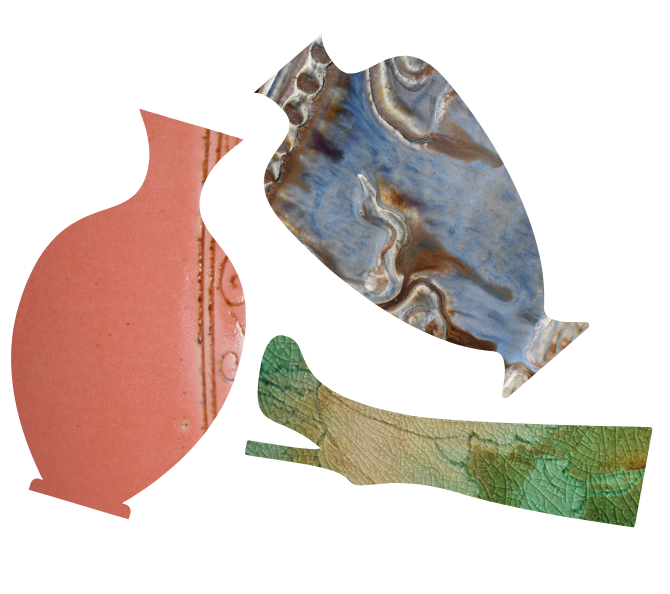
“In every one of my returns before new year eves, this view had always warmed my heart the most.” said the author of photograph, journalist Vu Khanh Tung – the only son of Vu Duc Thang, and the current director of Bat Trang Museum. Concurrently, Tung is also the photography director of Dep magazine, but ironically enough he could rarely ever be seen photographing his parents.
He could never anticipate this to be one of the last few photos he shot of his father. Two years later, on a winter afternoon in 2016, the founder of Vietnam’s first private museum of Bat Trang ceramics tragically passed away, his life taken by an unexpected accident. The one to witness that tragedy was none other than his wife, Phung Thi Thinh, who then not only had to bear the sudden pain of losing her life partner, but also was left with his overwhelming unfinished legacy.
Tung once confessed that he had concerns for his mother’s well-being after what had transpired, but as it turns out he had severely underestimated Mrs. Thinh’s mental fortitude.
I have once personally observed that strength of hers in one of my visits to the museum. One of our crew members while admiring what was on display accidentally broke a relatively large pot, which caused quite a stir among the group regarding the ramifications of the mishap.

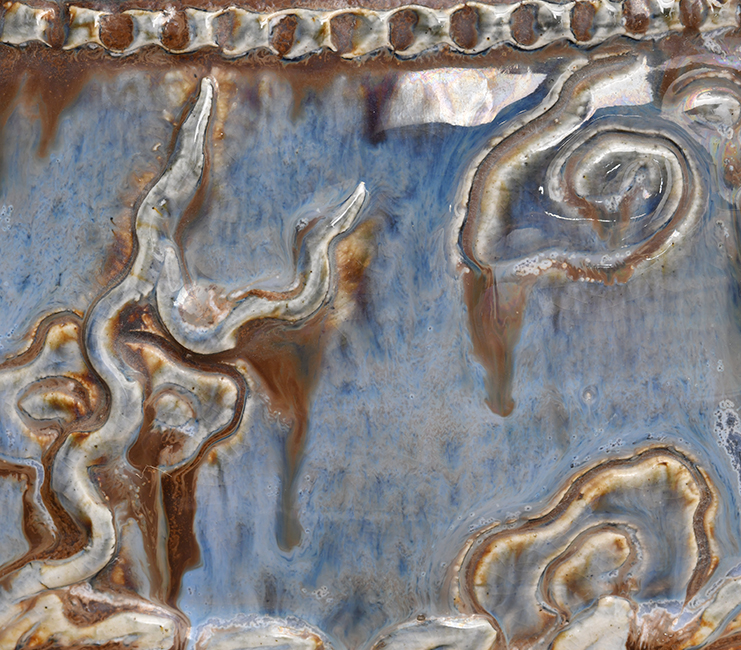
Funnily enough, Mrs. Thinh, who should be the most bothered by this unfortunate event, actually was the calmest. She was quick to the cleanup and equally quick to reassure us culprits, perhaps because she is already too well accustomed to this kind of shenanigans thanks to her years in the profession catering to hundreds of visitors. Or, perhaps, it is that terrible accident that had left that woman with little to lose composure over. It took Mrs. Thinh days of being almost bedridden to muster the strength needed to work through her grief and take care of her husband’s unfinished affairs, which include his funeral and the continuation of his life’s work. These were no easy tasks, yet her circumstances at the time could not have been favorable either. The family business lost its figurehead, her children were unwilling to follow her and her husband’s footsteps, the number of visitors and commissions were plummeting and many of the workshop’s senior craftsmen were inclined to quit.
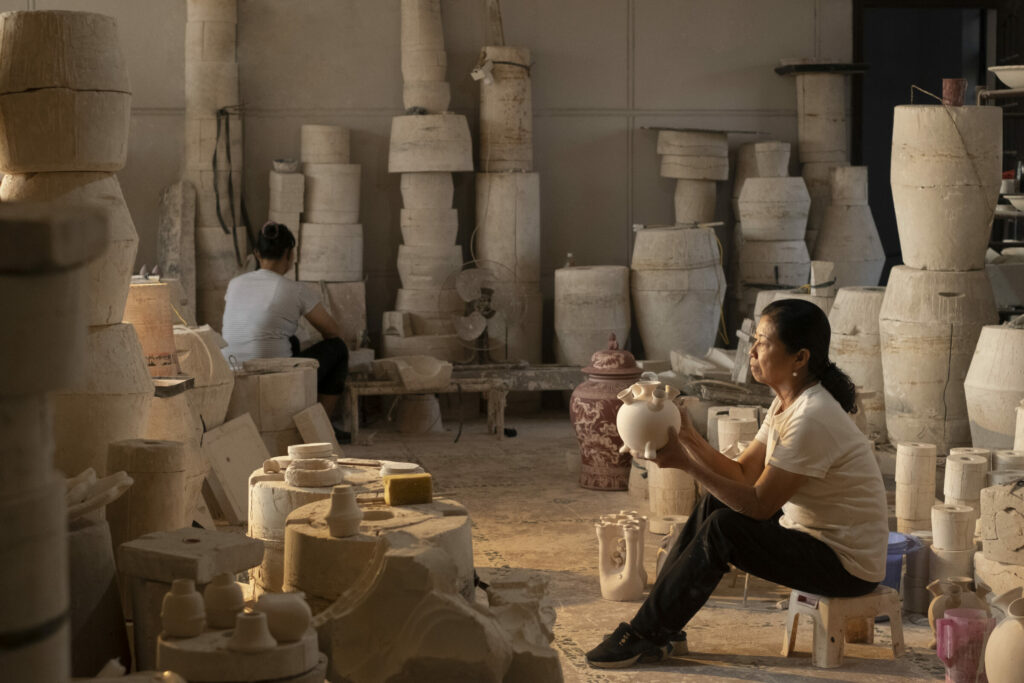
After all, it takes nerves of steel to be the wife of the renowned “playboy” antique collector Vu Duc Thang. “There were times when we were borderline destitute, typically because our production chains needed to be reformed, and yet he still went out of his way to borrow 3000 USD from his friends to buy a mango-pine on a whim… But boldest of all, I think, has got to be the time when he decided to apply for a mortgage on our home to rebuild the 300 year old war-torn communal house of Bat Trang…” – Mrs. Thinh retelled.
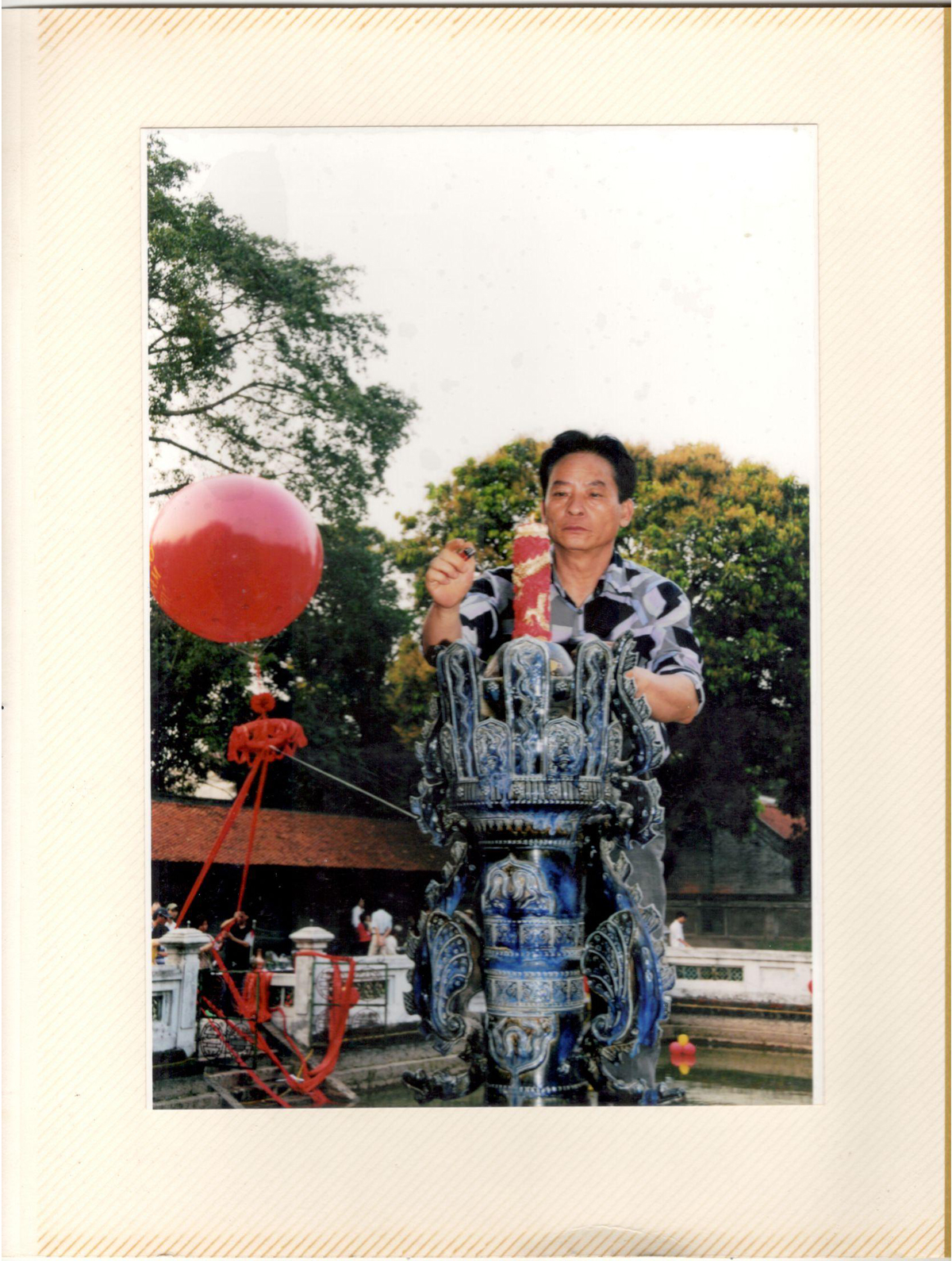
“Dad had always been grateful to Mom for unwaveringly supporting his dreams and endevours without fail, even when they can be for naught”
“Perhaps, it is from this steadfast supportiveness that Mom managed to learn Dad’s boldness, especially when the moment calls for it…Once familiar with the management of production, she has now taken over dad’s jobs in working with all sorts of artisans, including painters, sculptors, firers and glaze makers. Not only that, she is also always willing to experiment with new things and take on the strangest of her son’s commissions, from collaborating with actress/designer Tran Nu YenKhe in designing high-end decor products, to creating the tulip vase for the film setting of Camellia Sisters… Just as Mom once fully supported Dad, she is now whole-heartedly supporting me, even if what we do doesn’t generate much profits…”
Journalist Vũ Khánh Tùng said.
Not a lot of people thought she could do it, but little by little, she’s setting new records of her own. Dad has his fair share of feats, and so does Mom, even when what she does isn’t getting much recognition.

Instead of being the one to be reassured, it is Mom who is always readily encouraging her children: “Although I should be able to retire by now, your father’s work is still left undone, so you and I should finish it together. If our circumstances don’t allow us to do it quickly, we can do it slowly and steadily, as long we can find joy in what we are doing…”. Before any major decision, she always says: “If we could do that, your father would really be happy…”
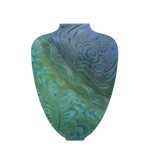
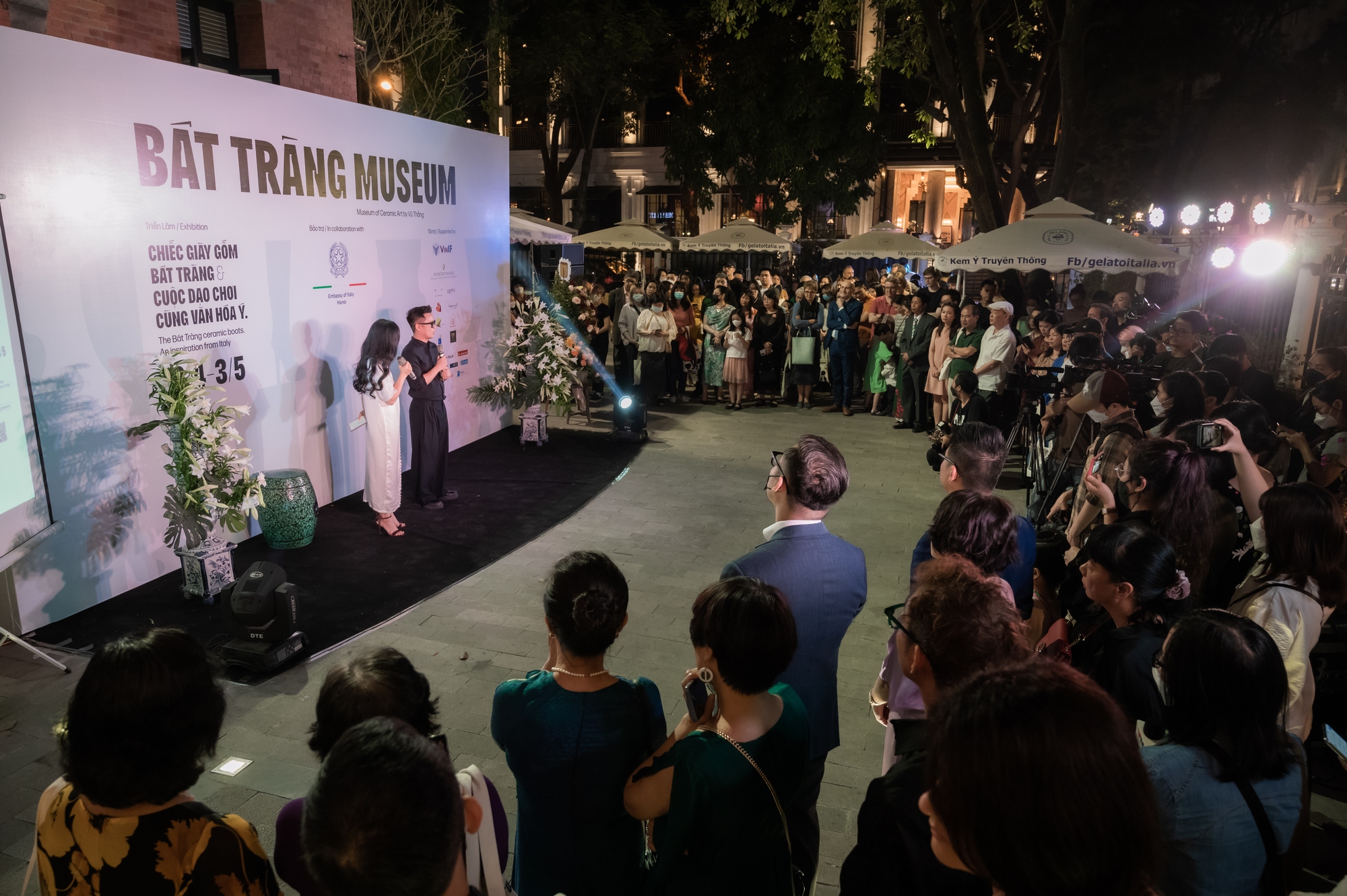

As of now, more than five years has gone by since the passing of the People’s Artisan, and, with the support of her children, Mrs. Thinh’s efforts have been gradually coming to fruition. Designed by the accredited architect Tran Quoc Khoi Nguyen, Bat Trang Museum is about to be built on an area of nearly 1000 sq.m as the first private ceramics museum of the famed Bat Trang craft village. In addition, the website battrang.museum had been launched as a digital information hub for all things related to both the contemporary ceramic art of Vietnam and the ceramic traditions of Bat Trang.
In celebration of the website’s launch, an art exhibition titled ‘The Bat Trang Ceramic Boots – An Inspiration from Italy’ is taking place at Casa Italia, Hanoi; which will, for the very first time, introduce the public to the collection of 12 ceramic boots meticulously created by the one and only Vu Duc Thang himself, through which his powerful creativity, unique set of skills and delicate ceramic techniques are exquisitely represented.

Mrs. Thinh herself has never been to Italy, nor has she ever tried on the ceramic boots her husband made. The furthest this countryside girl has traveled for sure was her journey with her crafty husband through life, and the shoes that she best fills in have got to be the ones of her other half, to which he was ever so dedicated once. By sheer chance of fate, they not only managed grow old together, but they also got stay young together; the shape of their everlasting youth is that of shared dreams and passions.
Words: Thủy Lê
English Translation: Tống Mạnh
THANH NIÊN magazine 8/3/2022